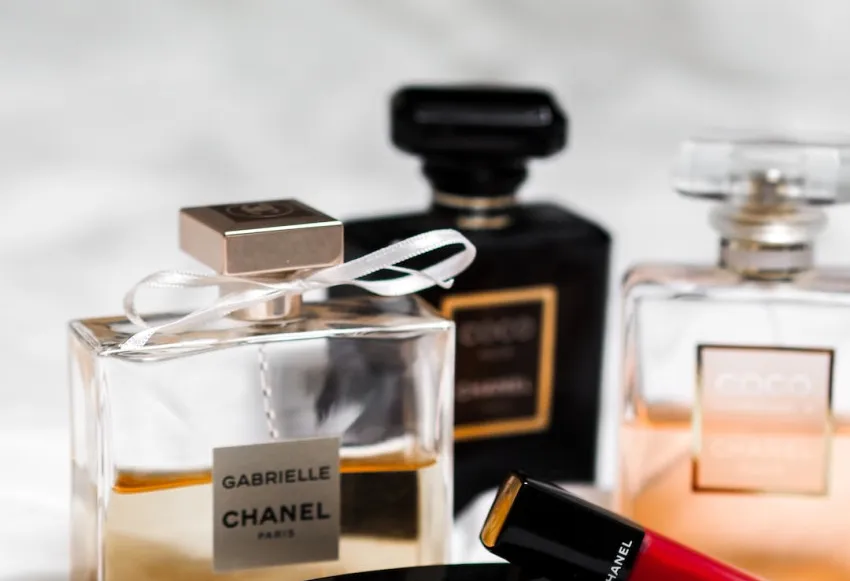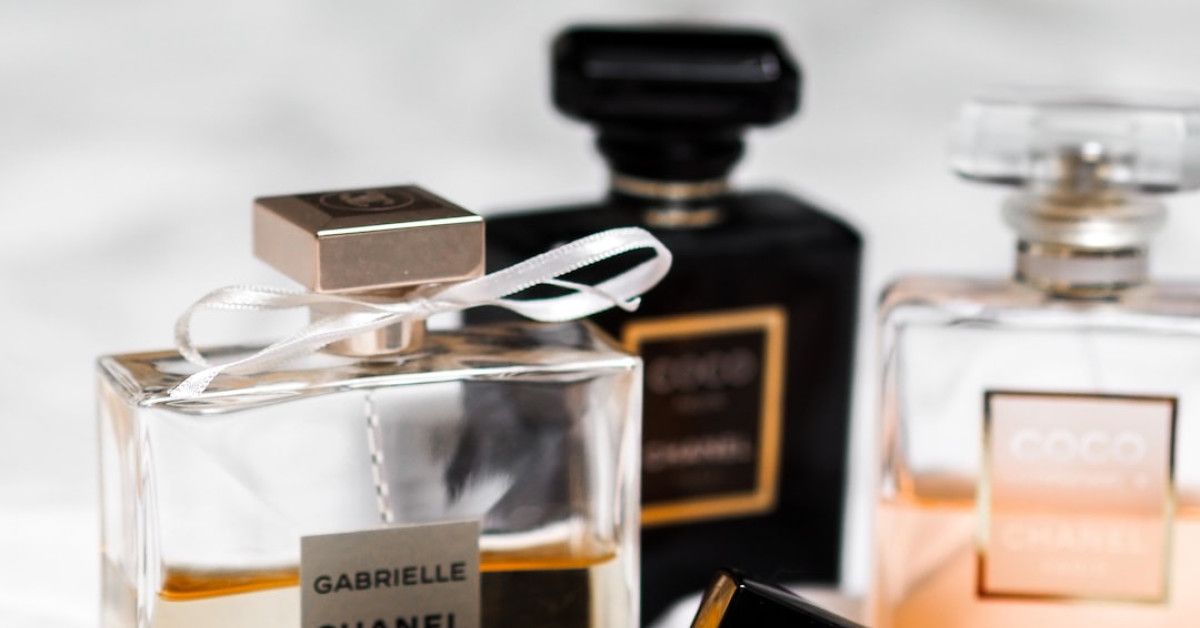Perfume is not just a beauty product, but also a personal expression of style and individuality. While there are numerous perfumes available in the market, creating your own signature scent can be a truly unique and rewarding experience. By crafting your own perfume, you have the opportunity to blend different fragrances to suit your preferences, personality, and even mood. In this article, we will explore 13 effective ways to make and preserve long-lasting perfume, allowing you to express yourself through the power of scent.
Understanding the Basics of Perfume Making
Before we delve into the various ways to craft and preserve your perfume, it is essential to have a basic understanding of how perfumes are formulated. Perfumes consist of three main components, known as notes: top notes, middle notes, and base notes. Each note plays a distinct role in the overall fragrance composition.
1. Top Notes
Top notes are the initial scents that you perceive when you first apply the perfume. They are often light and refreshing, creating an inviting first impression. Examples of top notes include citrus, herbal, and fruity scents. However, top notes tend to evaporate quickly, lasting only for about 10-15 minutes.
2. Middle Notes
Also known as heart notes, middle notes form the core of the perfume's fragrance. They start to appear once the top notes have evaporated and typically last for several hours. Middle notes are often floral, spicy, or woody in nature. Common middle notes include rose, lavender, and cinnamon.
3. Base Notes
Base notes are the foundation of the perfume and play a crucial role in its longevity. They have a heavier and more substantial scent that emerges once the middle notes start to fade. Base notes can last for several hours or even days, making them responsible for the lasting impression of the perfume. Examples of base notes include vanilla, patchouli, and sandalwood.
Ways to Craft Your Own Signature Scent
Now that we understand the basics of perfume making, let's explore 13 effective ways to craft your own signature scent and ensure its longevity.
1. Choose Your Preferred Fragrance Family
The fragrance family refers to the category of scents that a particular fragrance falls into. Some common fragrance families include floral, oriental, citrus, and woody. Understanding your preferred fragrance family will help you select the right combination of fragrance oils and essential oils to create your signature scent.
2. Experiment with Essential Oils and Fragrance Oils
Essential oils and fragrance oils are the building blocks of perfumes. Essential oils are derived from natural sources such as flowers, spices, and herbs, while fragrance oils are synthetic compounds created to mimic natural scents. By experimenting with different essential oils and fragrance oils, you can create a unique blend that resonates with your personal taste.
3. Find the Right Balance between Notes
Creating an appealing perfume requires finding the right balance between top notes, middle notes, and base notes. Start by selecting your favorite scents for each note, keeping in mind the desired fragrance family. Experiment with different combinations to find the perfect balance that matches your preferences.
4. Dilute Essential Oils with Carrier Oils
To ensure that your perfume is safe for use on the skin, it is essential to dilute essential oils with carrier oils. Carrier oils help to reduce the potency of essential oils and extend their longevity on the skin. Some popular carrier oils include jojoba oil, almond oil, and grapeseed oil. Diluting essential oils also makes them easier to blend and allows the fragrance to develop more gradually.
5. Mix in Alcohol or Solvents
Alcohol is a common ingredient in perfumes, as it helps to disperse and preserve the fragrance oils. It also evaporates quickly, allowing the perfume to spread evenly on the skin. You can use high-proof vodka or perfumer's alcohol as a base for your perfume. If you prefer a non-alcoholic option, you can substitute alcohol with a non-toxic solvent such as fractionated coconut oil or aloe vera gel.
6. Let Your Perfume Mature
Once you have created your perfume blend, it is essential to let it mature. This process, also known as "aging," allows the different notes to blend together harmoniously and enhances the overall fragrance. Place the perfume in a cool, dark place and let it sit for at least two weeks. During this time, the scent will evolve and become more complex.
7. Consider the Season and Occasion
Different scents are more suitable for specific seasons and occasions. Light, fresh fragrances with citrus or floral notes are perfect for spring and summer, while warmer, spicier scents are more appropriate for fall and winter. Additionally, consider the occasion for which you are crafting the perfume. A subtle, delicate scent may be ideal for everyday wear, while a bolder, more intense fragrance could be reserved for special occasions.
8. Store Your Perfume Properly
To preserve the longevity and quality of your perfume, it is crucial to store it properly. Keep your perfume away from direct sunlight and extreme temperatures, as they can alter the scent and degrade the ingredients. A cool, dark place such as a dresser drawer or a cupboard is an ideal location for storing your perfume.
9. Use Proper Packaging
Choosing the right packaging for your perfume is not only aesthetically pleasing but also essential for preserving its freshness. Dark-colored glass bottles are preferred, as they protect the perfume from UV light. Additionally, opt for bottles with airtight caps or atomizers to prevent air exposure, which can lead to oxidation and a change in fragrance.
10. Avoid Overexposure to Air
Excessive exposure to air can cause your perfume to lose its potency and degrade over time. To avoid this, do not leave your perfume bottle open for an extended period and ensure that the cap or atomizer is securely closed after each use. This will help maintain the freshness and longevity of your signature scent.
11. Apply Perfume to Pulse Points
To make the most of your perfume and ensure its long-lasting effect, apply it to pulse points on your body. These areas emit more heat, which helps to diffuse the fragrance throughout the day. Common pulse points include the wrists, neck, behind the ears, and inside the elbows. Remember to apply the perfume sparingly, as a little goes a long way.
12. Layer Your Fragrances
Layering different fragrances can result in a more complex and long-lasting scent. Start by applying a scented body lotion or oil as a base, followed by your perfume. This creates a multi-dimensional fragrance that evolves over time. Experiment with different combinations to find the perfect layering technique for your signature scent.
13. Refresh Your Perfume throughout the Day
Even long-lasting perfumes may need a little touch-up throughout the day to maintain their effectiveness. Carry a travel-sized perfume atomizer with you to easily refresh your scent when needed. By reapplying your perfume, you ensure that it remains noticeable and enjoyable for an extended period.
Conclusion
Crafting your own signature scent is a creative and enjoyable process that allows you to express your individuality through fragrance. By following the 13 effective ways mentioned in this article, you can create a long-lasting perfume that truly represents your unique style and personality. Remember to experiment with different essential oils, find the right balance between notes, and store your perfume properly to preserve its quality over time. With your signature scent, you'll leave a lasting impression wherever you go.

